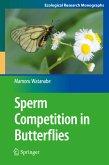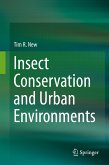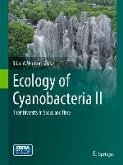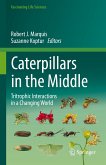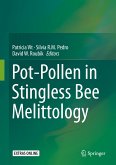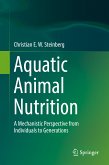Monitoring traps baited with potent attractants of animals like insects have long played a critical role in revealing what pests are present and when they are active. However, pest managers have been laboring without the tools necessary for quick and inexpensive determination of absolute pest density, which is the cornerstone of pest management decisions. This book fills that gap by demonstrating how catch numbers from monitoring traps can be translated into measures of pests per given area of crop and accurate projections of damage.
An unhappy fact of life from the human perspective is that small animals such as insects, mites, mollusks, and nematodes compete severely for our food and fiber. Moreover, some of these creatures vector diseases such as malaria, which kills more than a million humans each year. An imperative of a civilized world is that pests be accurately monitored so that control measures like pesticides are used only when the benefits clearly outweigh the risks to the health of humans, non-target organisms, and the environment.
An unhappy fact of life from the human perspective is that small animals such as insects, mites, mollusks, and nematodes compete severely for our food and fiber. Moreover, some of these creatures vector diseases such as malaria, which kills more than a million humans each year. An imperative of a civilized world is that pests be accurately monitored so that control measures like pesticides are used only when the benefits clearly outweigh the risks to the health of humans, non-target organisms, and the environment.
Dieser Download kann aus rechtlichen Gründen nur mit Rechnungsadresse in A, B, BG, CY, CZ, D, DK, EW, E, FIN, F, GR, HR, H, IRL, I, LT, L, LR, M, NL, PL, P, R, S, SLO, SK ausgeliefert werden.




